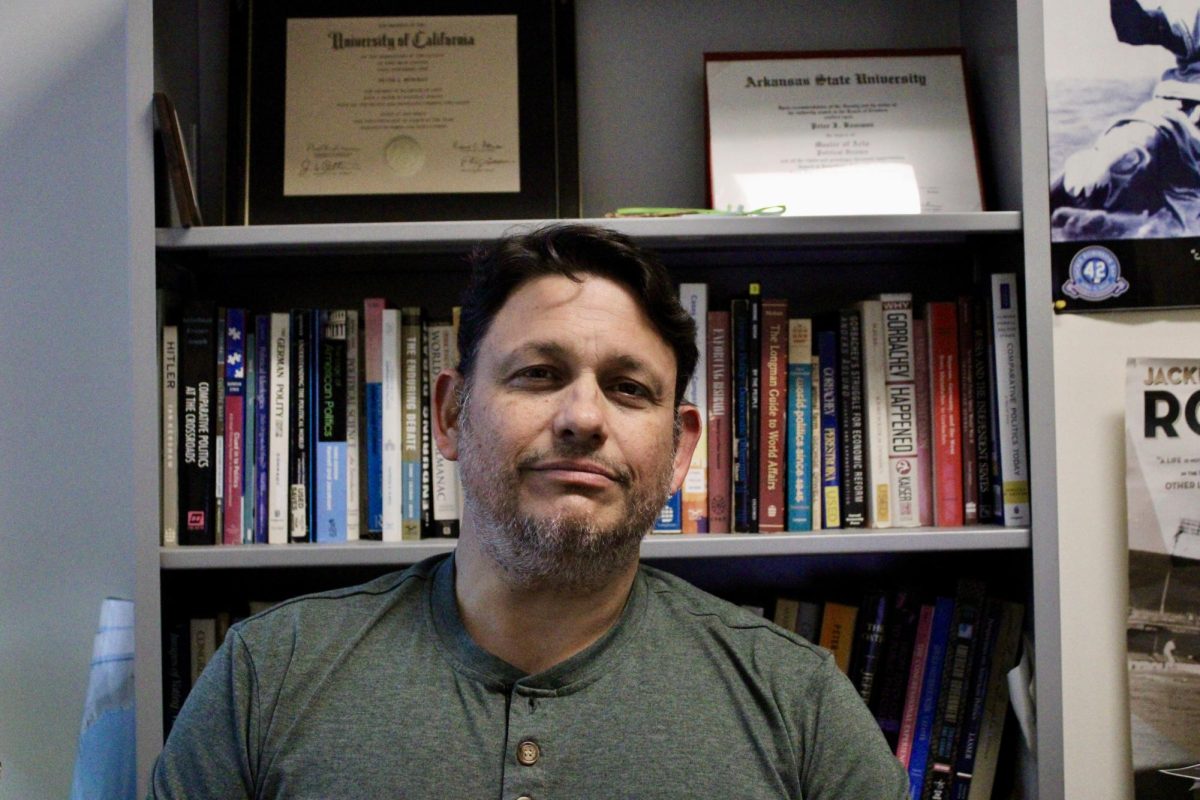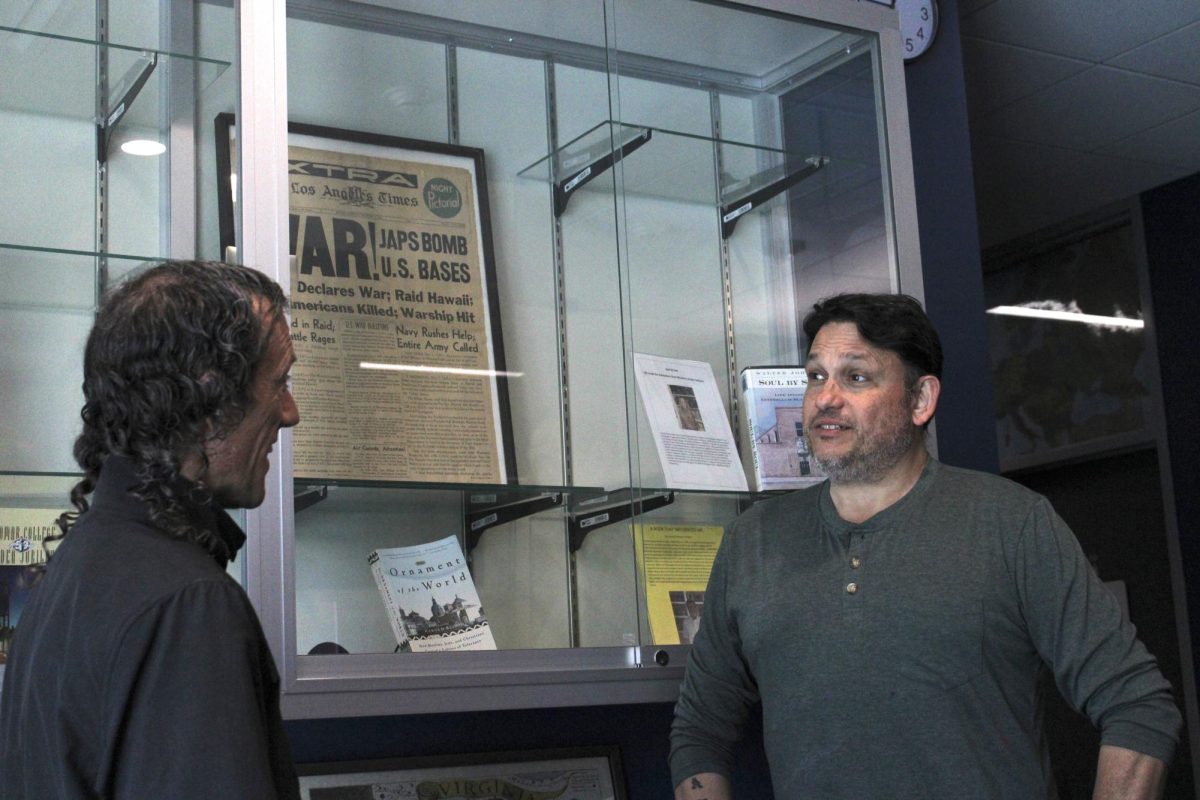Palomar College is tightening its water usage ahead of a continued state of emergency due to California’s persistent drought conditions.
Gov. Jerry Brown first declared a state of emergency back in January 2014, which was extended the following year, and is set to continue until October 2016. Last year, Gov. Brown also implemented Executive Order B-29-15, which declared a mandatory 25 percent reduction rate in urban potable water usage.
Vallecitos Water District, which supplies water to Palomar College, has exceeded the state mandate and has managed to save 28 percent in its region.
Palomar receives around 40,000 units of water per year from Vallecitos, which is over 29 million gallons. However, this number is relatively low when compared to neighboring MiraCosta College, which used nearly 39 million gallons in 2014.
Chris Miller, Palomar’s facilities director, said the drastic difference in the figures is likely due to well water usage, which amounts for one-third of outdoor irrigation on campus, and is exempt from calculation.
To further comply with mandates, Palomar has reduced outdoor irrigation to three days a week, limited to before 10 a.m. and after 6 p.m. The Facilities Department has also replaced old sprinkler systems, added synthetic turf between the Health Sciences and Multidisciplinary buildings, began inspection programs for sprinkler overspray, and began searching for new wells on campus.
One area of water conservation that Gov. Brown’s executive order did not regulate is water used during construction, which Palomar is very familiar with. Chris Robbins, the water conservation supervisor for Vallicetos, said that construction is one area where water can be easily misused.
“The reality of it is there’s currently no restriction on building at this point in time,” Robbins said, “and the truth of it is, you can’t deny construction unless there is no water available.”
Robbins noted that water levels for San Diego are at 99 percent of the expected total. Therefore, it would be easy for Palomar to overuse water during construction because the water is unregulated and near full supply.
Miller, who acknowledged the potential for water misusage in construction, said Palomar is searching for alternative solutions, instead of using potable water. This alternative water source is likely to come from drilling additional wells.
One well is already being drilled in Lot 12 and is expected to be finished during Summer 2016. Facilities is also looking to drill an additional 1-2 wells in order to eventually supply the new baseball field and the Arboretum, which has been a historical hurdle in Palomar’s water conservation efforts.
Robbins, who is constantly trying to find ways to save in the district, pointed out that Palomar may want to market water conservation to its students, “One of the big things is to do some outreach to the students themselves,” Robbins said.
Miller liked the idea of working on student awareness, which could potentially save water negligence in bathrooms and the showers in the athletics area. Miller also mentioned that facilities has begun preliminary steps in its “Project Parched,” which will replace thirsty plant and lawn areas on campus with additional drought resistant plants or synthetic turf.
For any questions regarding water use or conservation on campus, or to call in water that is seen being wasted by malfunctioning irrigation devices, you can contact the Facilities Department at (760) 744-115 ext. 2629.







